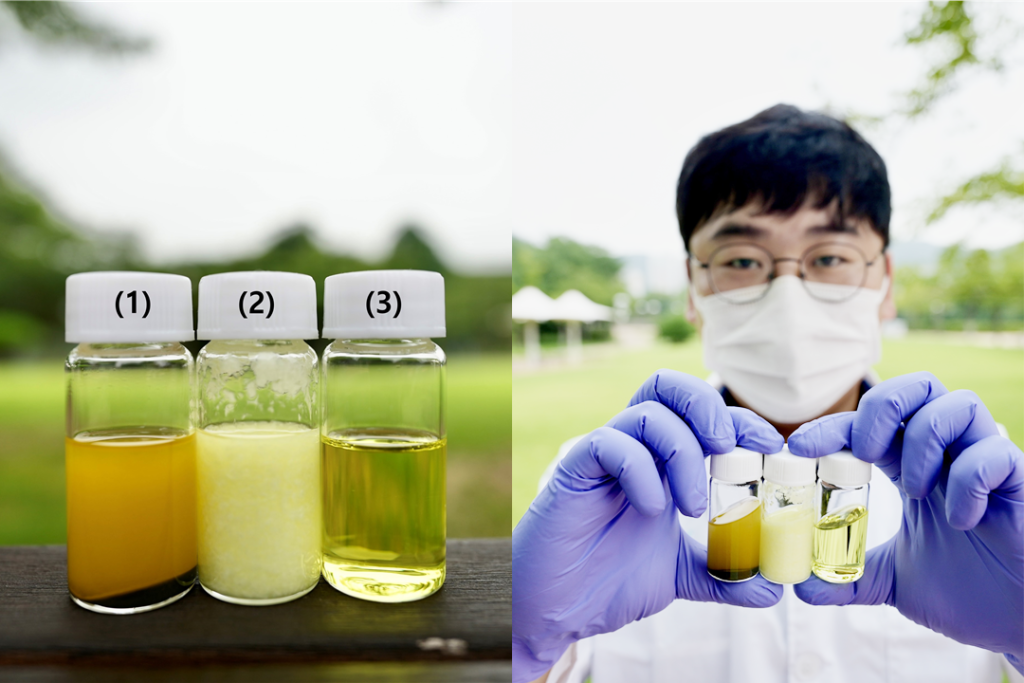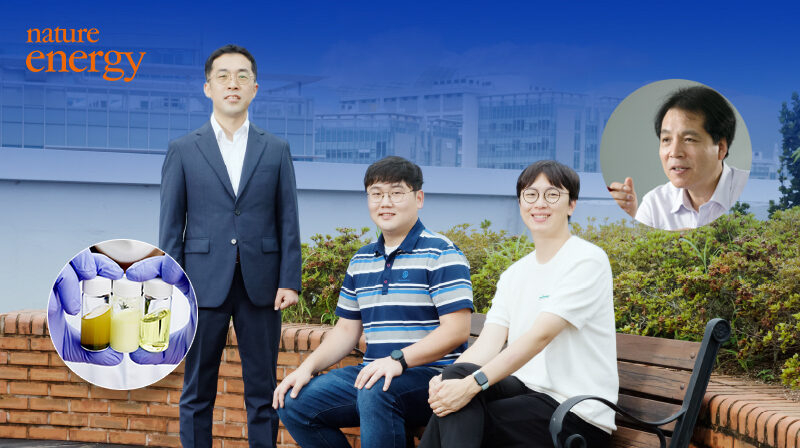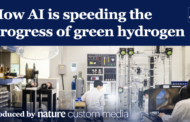The use of non-toxic or less-toxic solvents is the key to facilitate the mass production of solution-processed perovskite solar cells (PSCs). However, halide perovskites are generally not completely soluble in most non-toxic solvents, according to the research team.
A research team, led by Distinguished Professor Sang Il Seok in the Department of Chemistry at UNIST has reported the deposition of dense and uniform α-formamidinium lead triiodide (α-FAPbI3) films using perovskite precursor solutions dissolved in ethanol-based solvent. Leveraging this, the research team succeeded in fabricating high-efficiency PSCs with power conversion efficiencies (PCEs) that exceed 25%. Such findings have been published in the August 2022 issue of Nature Energy (Impact Factor: 67.439), a renowned journal in the field of energy.
Vanadium dioxide (VO2) is one of the most promising materials for active metasurfaces due to the insulator-metal transition, urging the development of an etching-free patterning method and realization of multifunctionality in various spectral bands.
“This study can improve the current record efficiency of perovskite solar cells from 20.1% to 22.1%,” says the research team.
In this study, the research team deposited dense and uniform α-FAPbI3 perovskite films using EtOH-based perovskite precursor solutions without using anti-solvent during spin coating.
“It was possible to manufacture a perovskite thin film with high density, uniformity, and excellent crystallinity by optimizing a combination of binders that can control the speed of volatilization with a solvent during coating and thermal treatment,” said Seok, a professor of energy and chemical engineering at the Ulsan National Institute of Science and Technology (UNIST).
In October 2021, Seok set a new record of 25.8 percent in the power conversion efficiency of perovskite solar cells by forming a coherent interlayer between electron-transporting and perovskite layers to reduce interfacial defects. Efforts have focused mainly on surface passivation, but passivating the perovskite surface is difficult because surface-treatment agents on the electron-transporting layer may dissolve while coating the perovskite thin film.

Figure 1. Researcher is holding the EtOH-based FAPbI3 and PbI2. precursor solutions.
“Perovskite solar cell research has focused on improving efficiency and stability, but now it is more important to conduct research on the foundation for commercialization to reduce or eliminate the use of toxic solvents,” Seok said. “This study is the starting point for solving such a problem.”
The deposition of dense and uniform α-formamidinium lead triiodide (α-FAPbI3) films was possible using perovskite precursor solutions dissolved in an ethanol-based solvent, Seok’s team said in a research paper published on the website of Nature Energy, a peer-reviewed scientific journal.
The combination of dimethylacetamide (or dimethylsulfoxide) and an alkylammonium chloride in ethanol resulted in the stable solvation of FAPbI3, the paper said, adding that it’s possible to form “very dense and uniform” α-FAPbI3 perovskite films with high crystallinity by combining several types of alkylammonium chloride.
The research team has obtained a power conversion efficiency of 24.3 percent using a titanium dioxide (TiO2) electrode and 25.1 percent with a stannic oxide (SnO2) electrode.
Unlike silicon solar cells, which are restricted from installation locations, perovskite solar cells can be installed on the exterior walls of buildings or on the sunroof of vehicles. South Korean companies and researchers have tried to develop new technologies such as tandem cells that build perovskite on top of silicon solar cells. Tandem solar cells can be individual cells or connected in series, which are simpler to fabricate but the current is the same through each cell.
Professor Seok opened a joint laboratory with South Korea’s Hyundai auto group in June 2022 for a three-year study to develop high-efficiency, large-area perovskite-silicon tandem cells and apply them to vehicle roofs containing solar panels, which are a relatively new phenomenon that promises to use renewable energy to add some charge to car batteries.
Journal Reference
Hyun-Sung Yun, Hyoung Woo Kwon, Min Jae Paik, et al., “Ethanol-based green-solution processing of α-formamidinium lead triiodide perovskite layers,” Nat. Energy, (2022).












